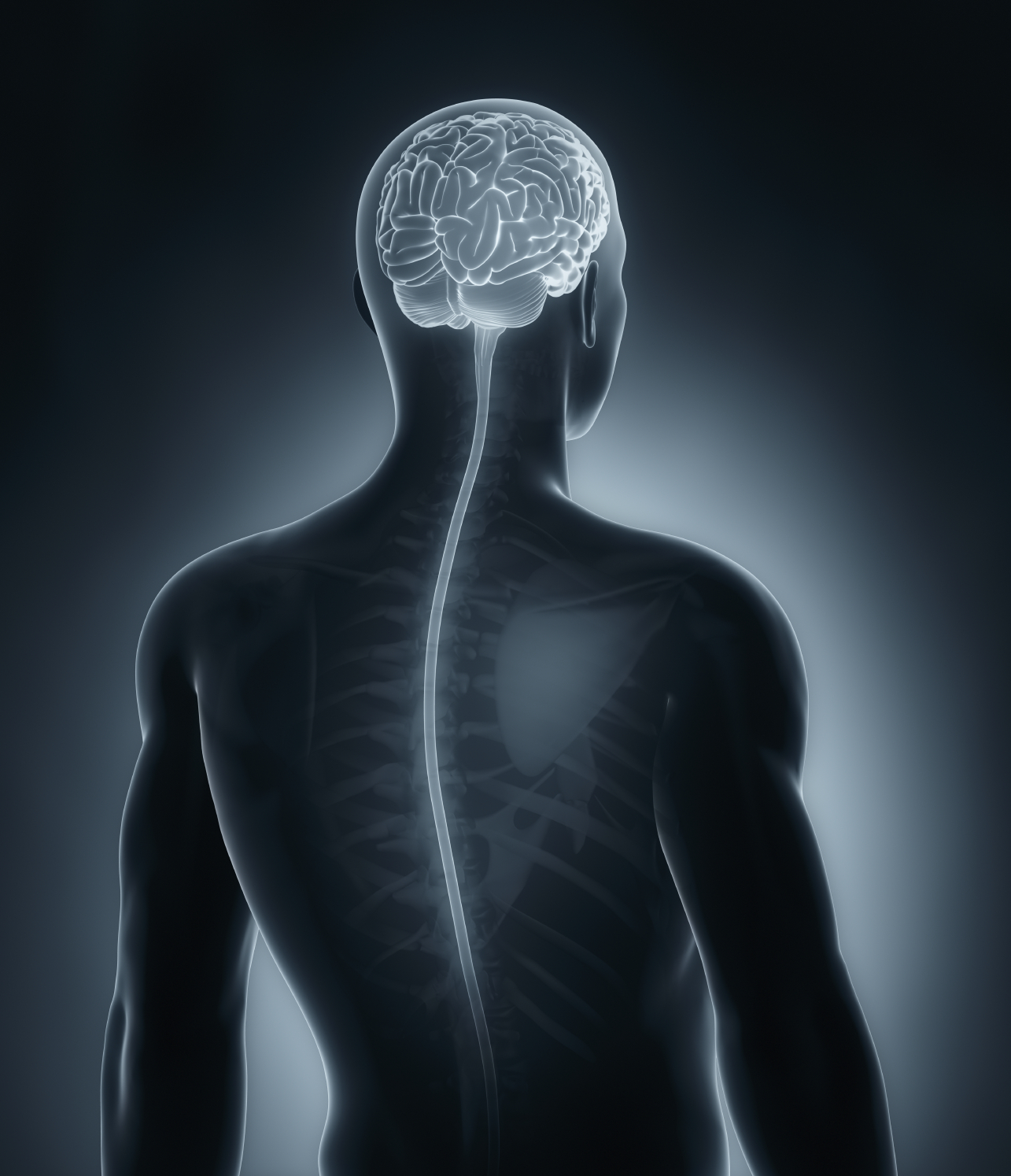Byline: Roger Anderson
-

Staying in Contact: Health Investigators Track COVID-19 Cases
The COVID-19 contact tracing process, led by health departments across the state, and coordinated by the Illinois Department of Public Health, involves a team of dedicated team members tracking the spread of the disease.
-
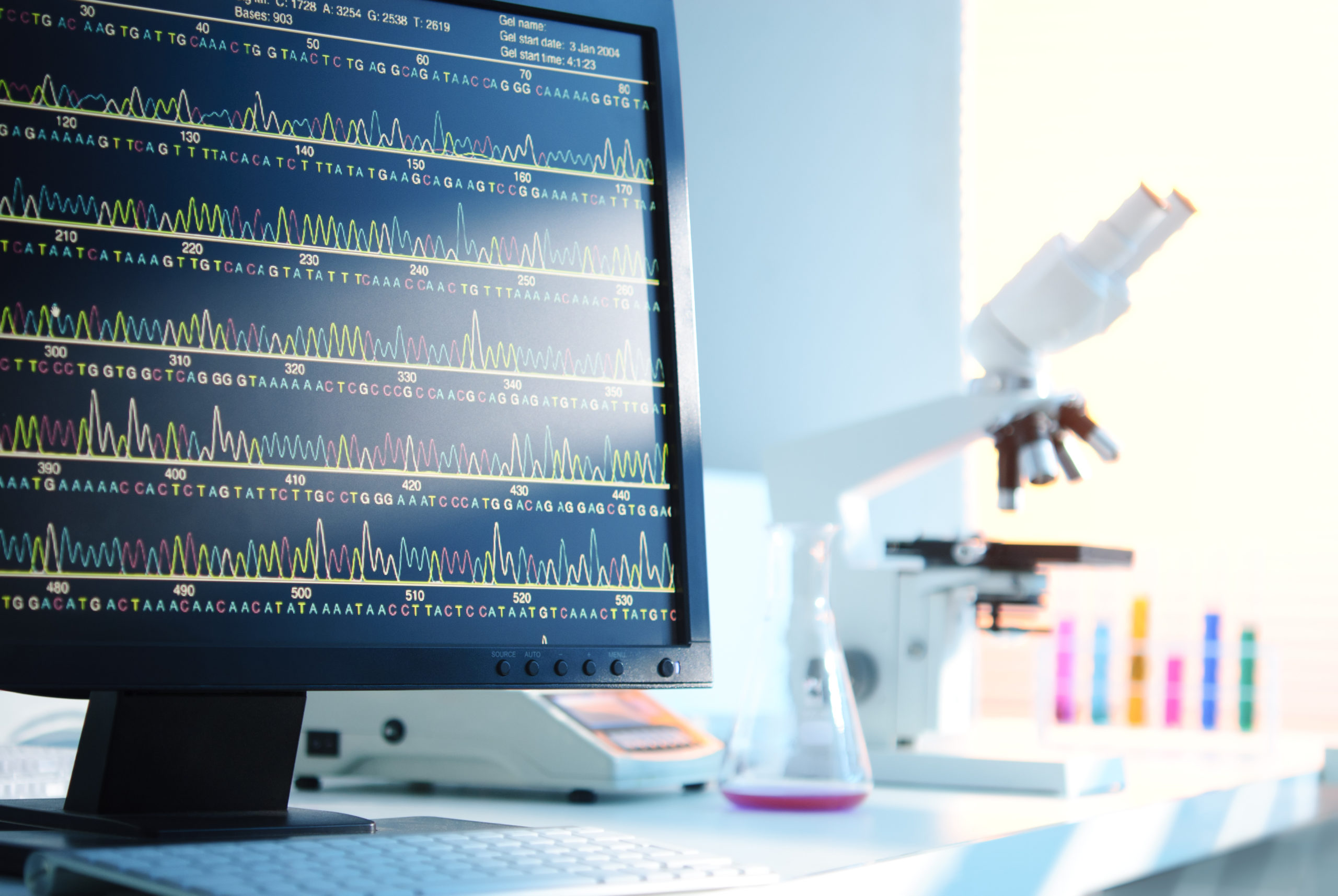
AI-Enhanced Approach Offers New Hope for Earlier Autism Diagnoses
A Northwestern Medicine scientist and collaborators have used an AI-enhanced precision medicine approach to combine multiple views of human brain development as they seek to provide a roadmap for what causes subtypes of autism spectrum disorder.
-
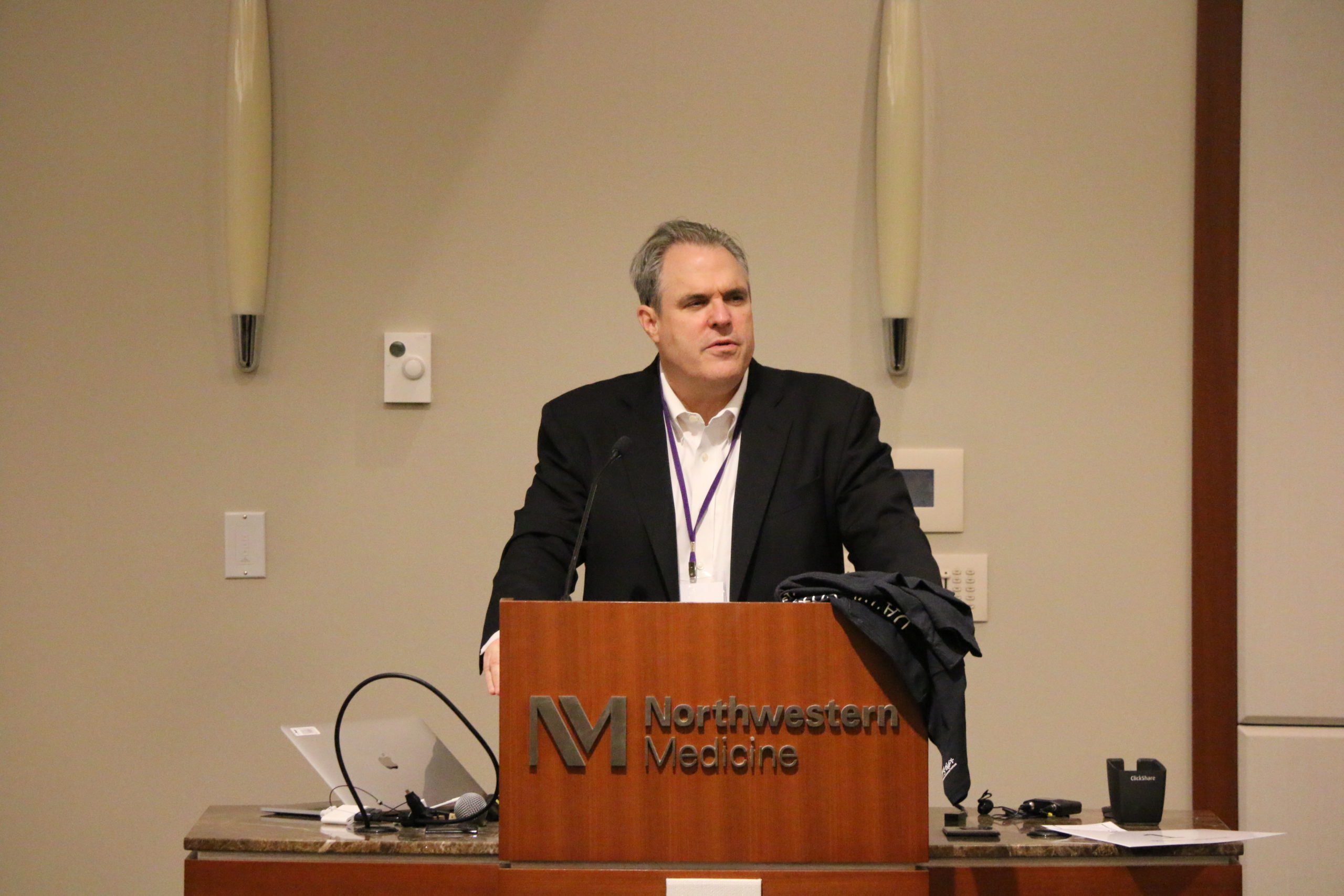
Record Turnout for Northwestern’s Biomedical Data Science Day
Nearly 300 people attended Northwestern’s Biomedical Data Science Day, which included dozens of immersive and interactive workshops and talks on the current state of biomedical data research.
-
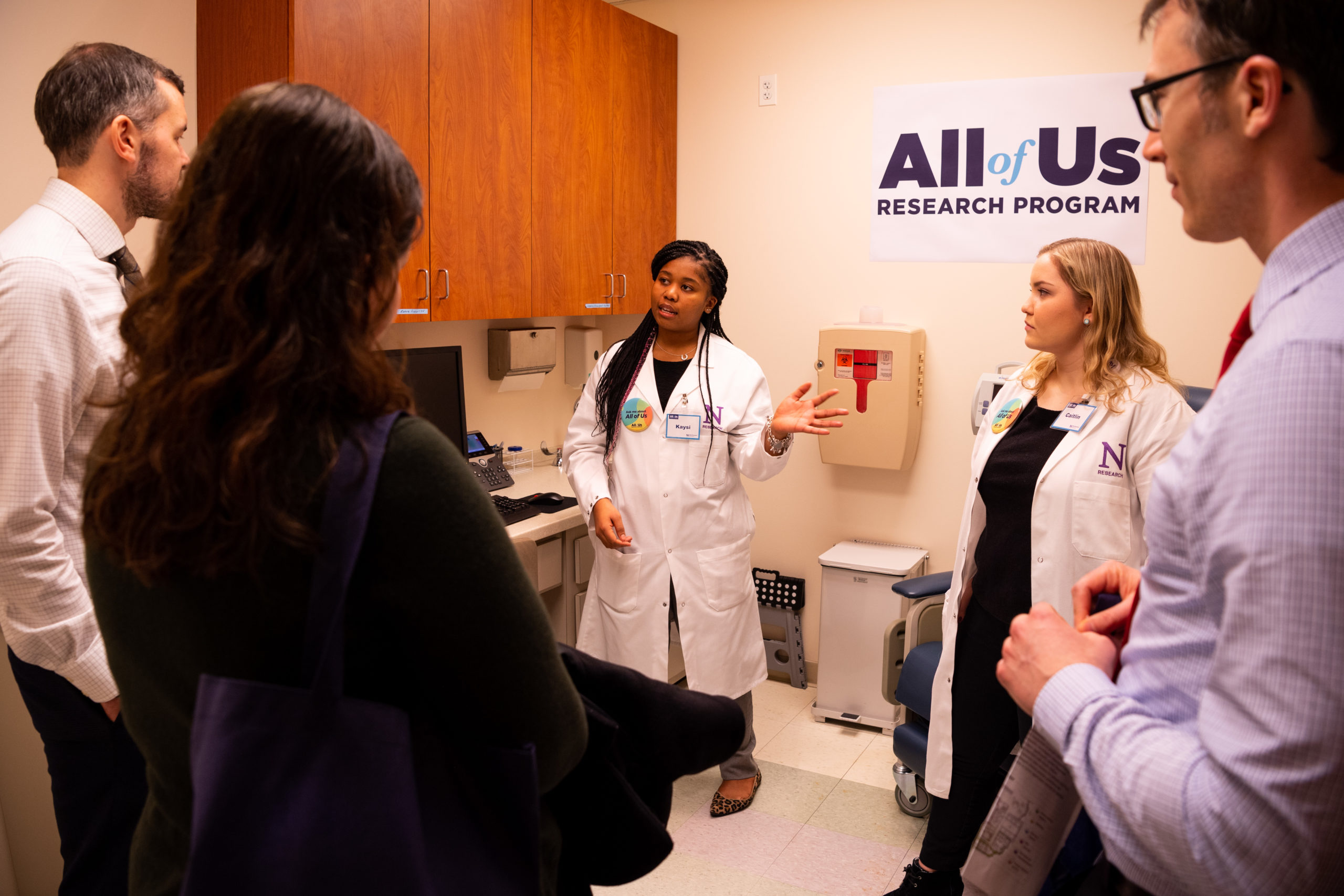
New Space a Boon for Clinical, Translational Investigation at Northwestern
Northwestern Medicine has opened a new 10,000 square foot Clinical Research Hub to enhance the investigative scope and infrastructure for clinical research and to improving participant experiences.
-
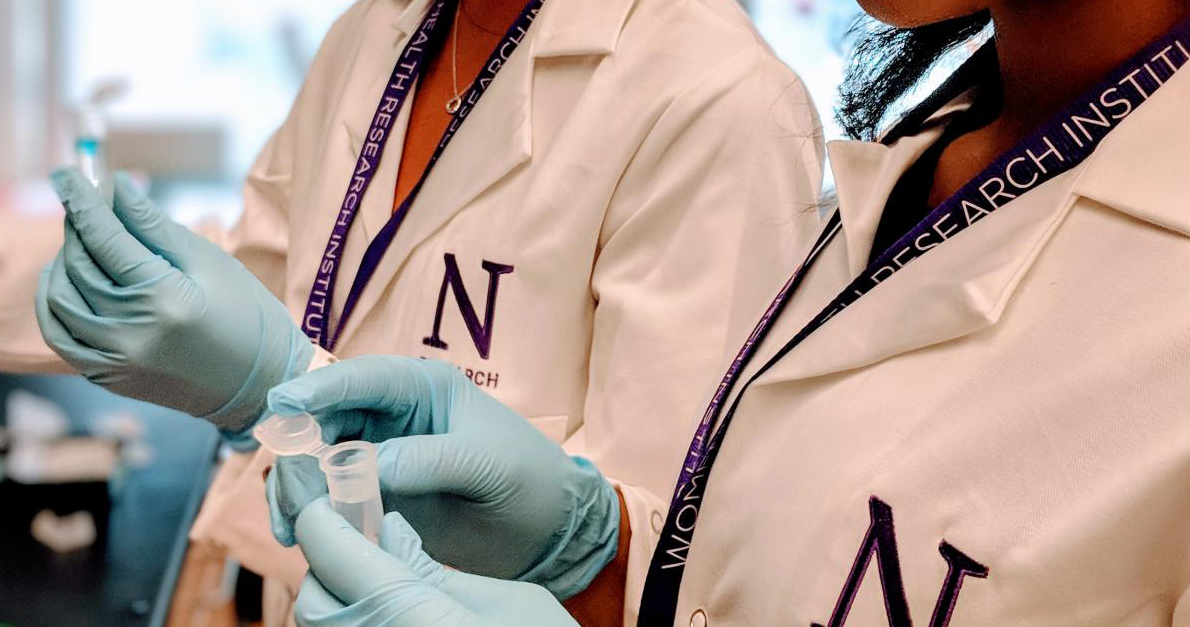
CPS Students Experience Research First-Hand At Women’s Health Science Program
The Women’s Health Science Program, now in its 11th year, provides hands-on laboratory and clinical experiences to young women who are considering careers in science and medicine.
-
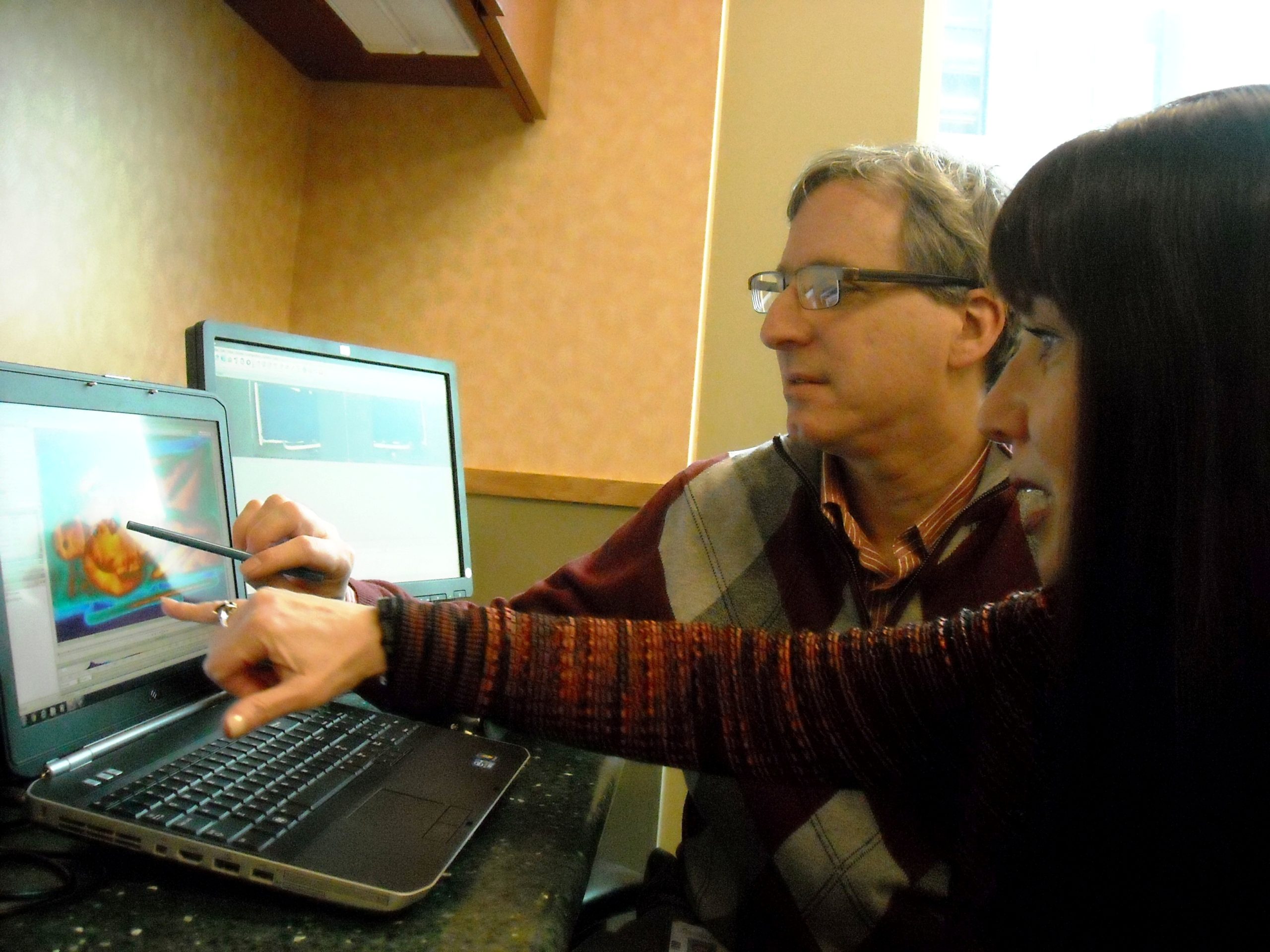
Finding Offers Insight into Rare Childhood Disease that Affects Breathing
Northwestern Medicine scientists have discovered that children with a rare breathing disorder have a diminished rather than absent response to changes in oxygen and carbon dioxide levels within their bloodstream. The finding was recently published in the Journal of Applied Physiology.
-
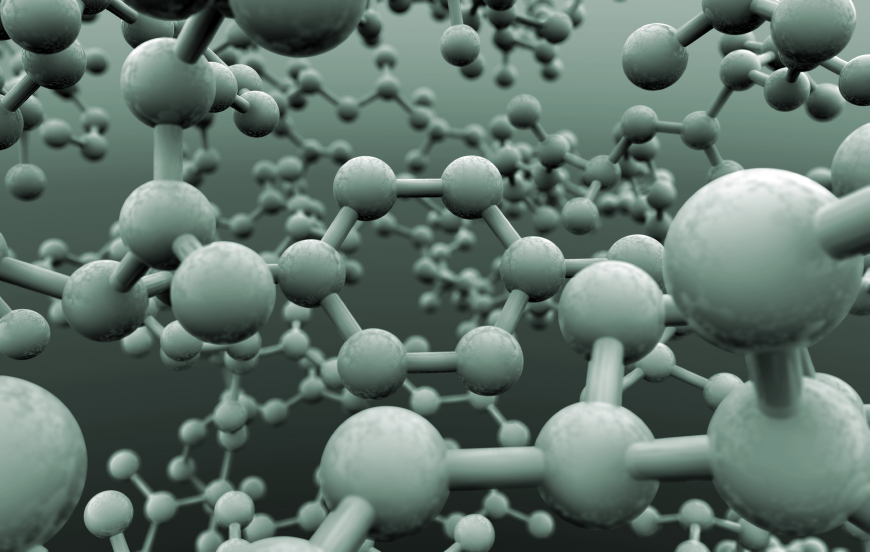
Math Models Show Influence of Macromolecular Crowding
A recently published Northwestern Medicine study uses math models based on the physical interactions within cells to make predictions of how gene transcription might be effected.
-

Targeted Radiation Controls Spreading Breast Cancer
Radioembolization may offer an alternative to chemotherapy for breast cancer patients whose tumors have spread to the liver.
-

Carotid Artery May Hold Clues to Predicting CVD in Lupus
Rosalind Ramsey-Goldman, MD, professor of Medicine-Rheumatology, recently published a paper in the American Journal of Cardiology that links plaque in the carotid artery of women with lupus to an increased risk of cardiovascular events.
-

Choices in High School Elevate Lifetime Cancer Risk for LGBT Students
One of more than a dozen connected papers to be published in the American Journal of Public Health, a recent study has shown that Lesbian, Gay, Bisexual or Transgender youths make an increased number of choices that elevate their risk of cancer.






